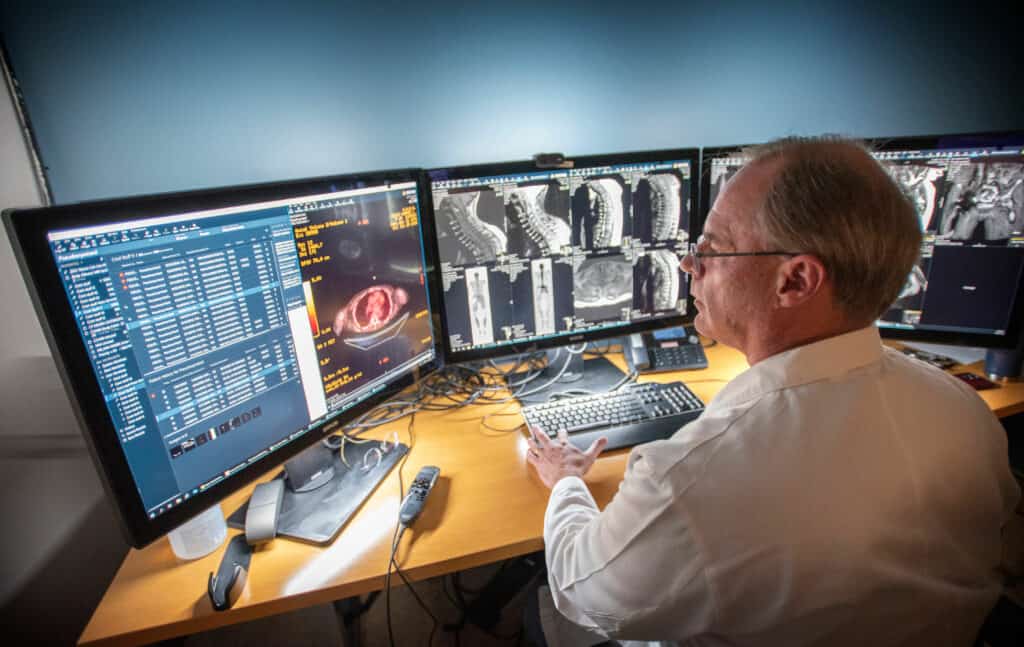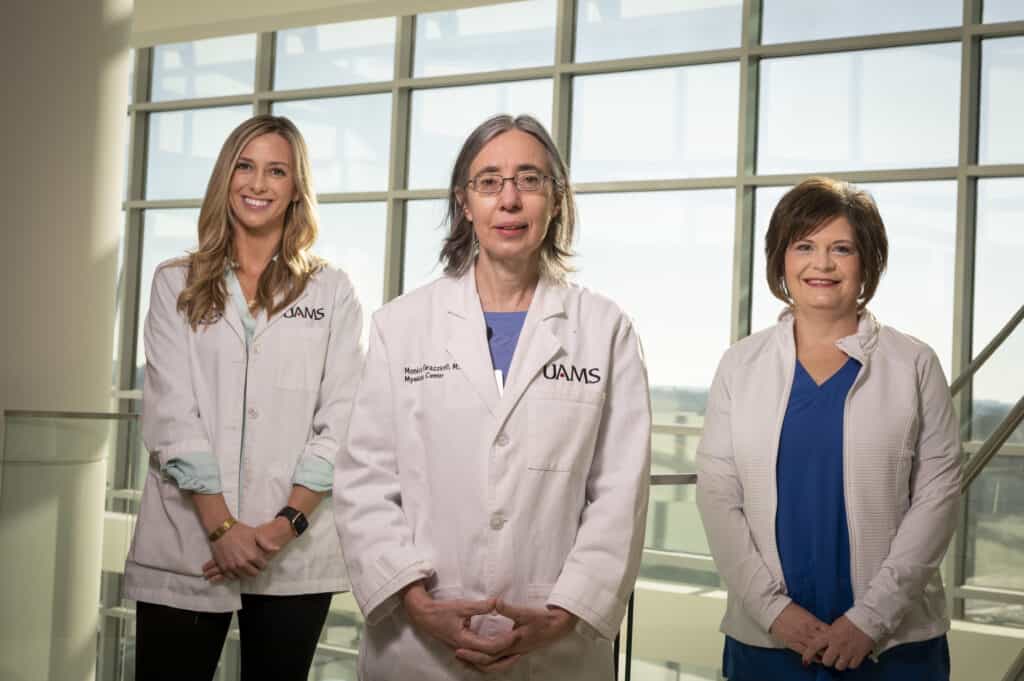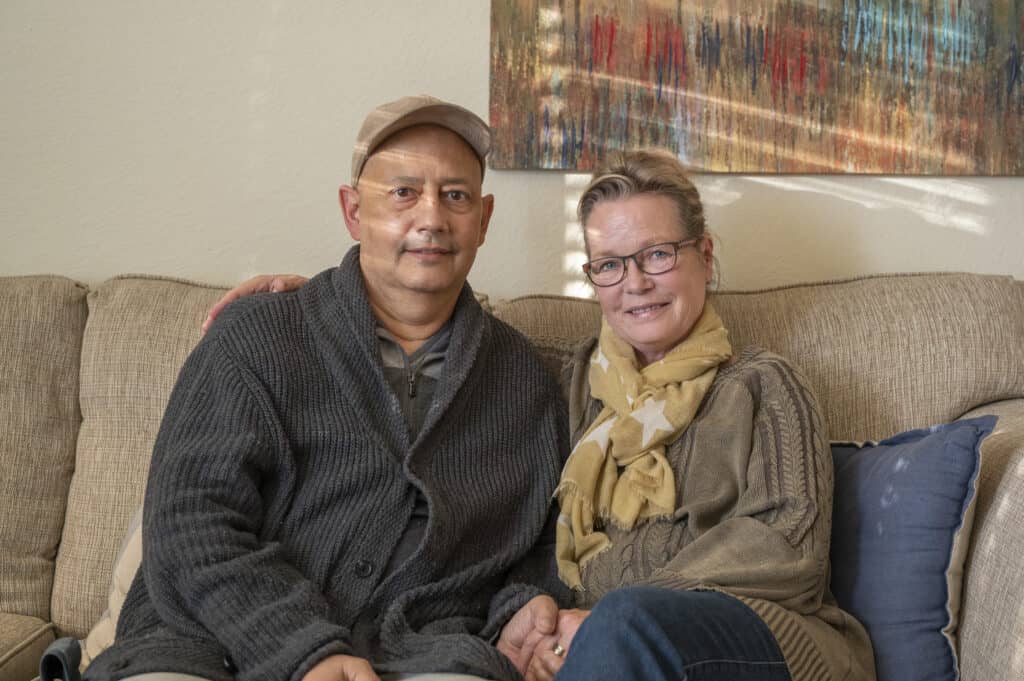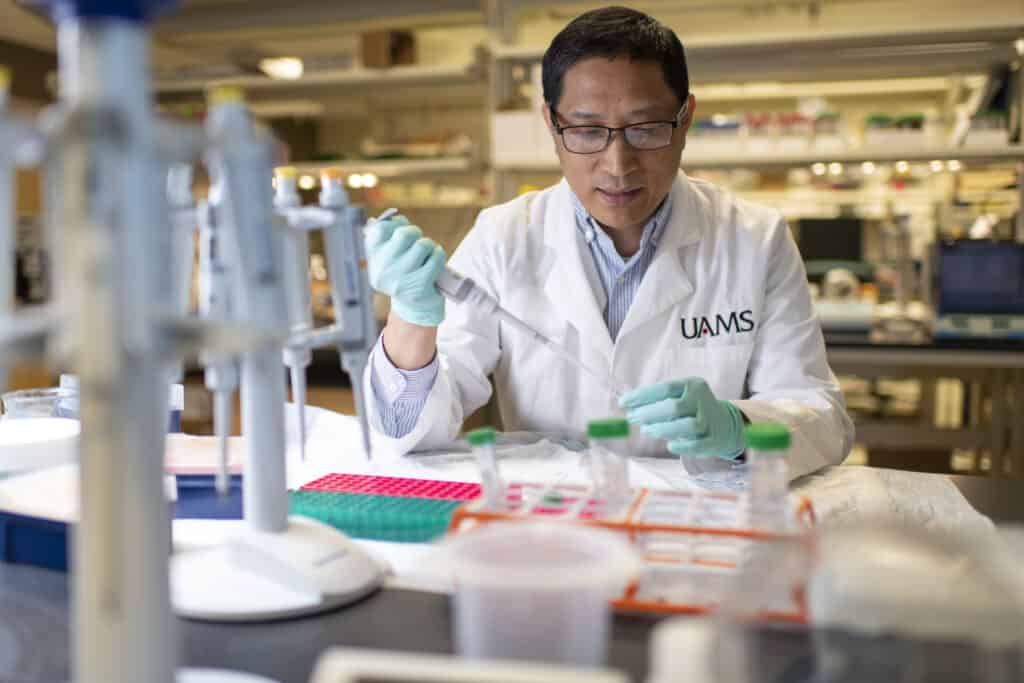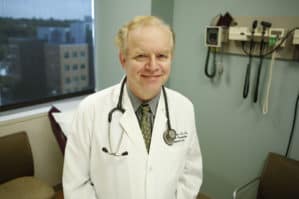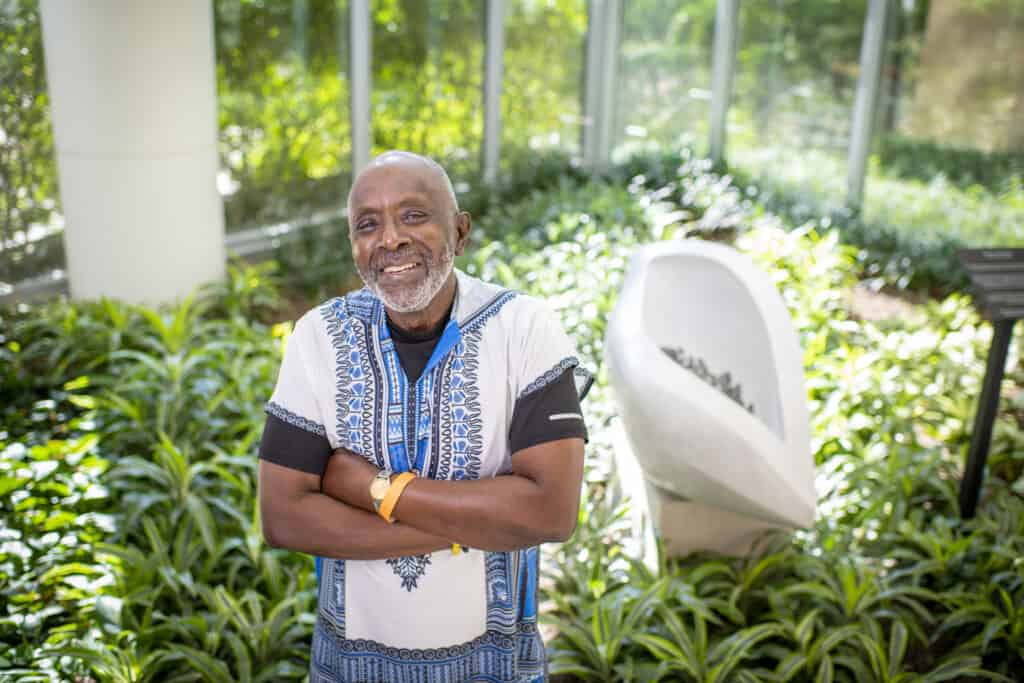
When Hosea Long of Little Rock turned 70, it was a milestone that for most may seem unremarkable. After all, it was not his 100th, 90th or even his 80th birthday.
But it was inspiring and incredible for Long, now 71. The former UAMS employee explained why in an entry titled “Tomorrow starts a new decade” on his WordPress blog.
If you’ve been a follower of my blogs or have read any of them, you probably know that I’m a person who lives with cancer.… I have what’s called Multiple Myeloma. Some really bad stuff that takes the lives of more than 11,000 people in the United States each year. … I’m one of the blessed ones. I’m a 20-plus-year survivor.
The former associate vice chancellor and chief human resources officer who retired in 2013 after 23 years at UAMS, does not dread growing old. Instead, he relishes it. Living with myeloma is one of the topics he addresses at https://oldblessed.com.
My journey has been one of fear, tears, boisterous laughter, faith, love, thankfulness…whatever emotional and mental dynamic of which you could possibly imagine.
Long was diagnosed in early 2000 and cherishes his additional time, whether it be a day or a decade. His 70th birthday in the summer of 2020 gave him another chance to celebrate his life.
Looking back, I didn’t expect to be here pecking out some of my thoughts on a laptop, preparing to share them with my small number of followers. I’m grateful for each of you, and especially for the times you’ve given me feedback.
Long began blogging in early 2016.
“I’ve always been very observant of things around me,” he said. “Blogging seemed like a good way for me to excise images from my mind, document them and see what they look like written down.”
He posted an early essay, “A Dark Companion” to a couple of Facebook pages created for patients of myeloma and other chronic illnesses. The large positive response convinced him that blogging could help fellow patients.
“It was a way I could touch people in areas of their lives where they needed encouragement,” he said.
Long’s journey with myeloma began in the fall of 1999 with nightly fevers, weight loss and reduced energy. The lifelong runner had to give up his daily five-mile runs.
“The energy just wasn’t there anymore,” he said.
His primary care physician suspected myeloma and referred him to the Myeloma Center. Further tests revealed lesions on his skull and confirmation of high-risk myeloma.
I can recall when I received word of my diagnosis. As you can imagine, it hit me like a proverbial ton of bricks.
He received a tandem stem cell transplant in 2000. In late 2017, Long relapsed, but he improved after a year of treatment with the drugs daratumumab and Revlimid. For nearly two years, he has been taking Revlimid for maintenance. He visits UAMS every two months for blood draws and every six months for a full checkup with Maurizio Zangari, M.D.
“I’m living a good life for a 71-year-old with myeloma,” he said, adding that he takes a daily hourlong bike ride followed by light weightlifting. He still maintains his own yard and does chores around the home he shares with Christene, his wife of 35 years.
I’ve been able to see my three kids grow into adulthood, and I now have six grandkids and one great-grandchild. I love them all, and I think that’s quite the God-given legacy to leave behind. Of course, I’m not ready to just yet…
Aside from blogging, Long enjoys reading, jazz music, science-fiction movies and sewing colorful dashiki garments popular in West Africa. He is interested in African history.
He remains active in his church, St. John Missionary Baptist, and serves on the City of Little Rock’s Racial and Cultural Diversity Commission.
Long recommends the UAMS Myeloma Center to fellow patients at every opportunity.
“The UAMS Myeloma Center has been at the cutting-edge of myeloma treatment for a long time,” he said. “I believe we have some of the best, first-class physicians and researchers and that I get the best of medical and bedside care available.”

